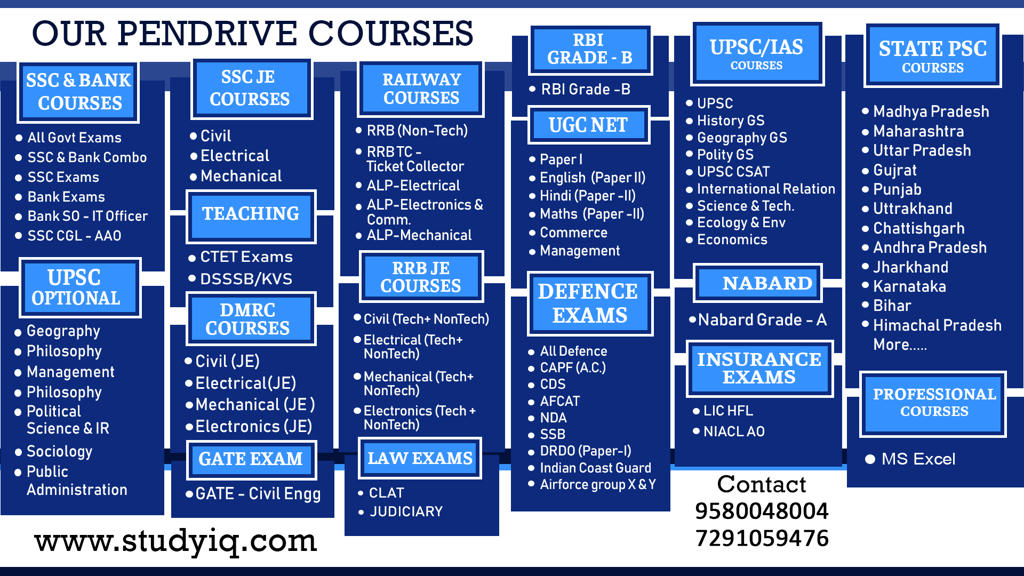Table of Contents

ASEAN SUMMIT
- The ASEAN Summit is a biannual meeting held by the members of the Association of Southeast Asian Nations (ASEAN) in relation to economic, political, security, and sociocultural development of Southeast Asian countries.



35TH ASEAN SUMMIT
- 14th East Asia Summit
- 3rd meeting of RCEP
- 16th India-ASEAN Summit

THAILAND
- Shares land border with Myanmar, Cambodia, Laos and Malaysia
- Population – 7 crore
- Currency – Thai baht
35TH ASEAN SUMMIT
- The theme of the summit is ‘Advancing Partnership for sustainability’.
- Apart from leaders of 10 ASEAN countries head of Eight dialogue partner countries including India, USA China, Japan, Republic of Korea, Australia and New Zealand are also participating in the summit.

TRUMP SKIPPED EAST ASIA SUMMIT


U.S IS TRYING EXERT ITS INFLUENCE IN ASEAN REGION
- U.S wants to improve military engagement ASEAN nations but on its own terms.
- Recently in September 2019 U.S organised a historic maritime naval exercise with ASEAN nations in the South China Sea
EAST ASIA SUMMIT AND INDIA
- Significance for India For India, EAS acts as an alternative to the APEC in which India doesn’t enjoy the membership.
- India’s membership to the EAS is a recognition of its fast growing economic and political clout.
- Act East policy of India:In order to build multi-faceted relations with ASEAN and other multilateral nations and strengthen bilateral relations India has emphasised upon its Act East Policies for which EAS will prove crucial.
INFORMATION
- Asia-Pacific Economic Cooperation
- APEC HQ – Singapore

INDIA AND EAST ASIA SUMMIT
- China’s assertiveness in the South China Sea and the nature of its growing investments has led the ASEAN countries to view India as a potential power that could balance a rising China.
- India’s strength lies in service sector and informationtechnology and Japan has a sound capital base. Thus there are complementarities in trade and production structures of the EAS members.
‘SAWASDEE PM MODI’
- The PM addressed the Indian community at the ‘Sawasdee PM Modi’ event in Bangkok.
- In the Thai language, the word ‘Sawasdee’ is used for greetings and goodbye.

INDIA BILATERAL MEETINGS

INDIA DROPS OUT OF RCEP
- The Regional Comprehensive Economic Partnership (RCEP) is a trade deal that was being negotiated between 16 countries.
- After seven years, RCEP negotiations, started in 2012, have concluded in Bangkok.
- India decided to drop out of the RCEP agreement, citing its negative effects on “farmers, MSMEs and dairy sector”.
NOTES
- The RCEP could force India to cut duties on about 90 percent of the goods that are currently imported to India over the next 15 years.
- This has raised concerns that India will be flooded with cheaper imported goods, particularly from China and dairy products from Australia and New Zealand.
INDIA – RCEP CONCERNS
- India ran a merchandise trade deficit with 11 out of the 15 other members of RCEP in 2018-19, totalling $107.28 billion.
- In 2018-19, 34% of India’s imports were from this region, while only 21% of India’s exports went to this region.
RATCHET OBLIGATIONS
- India wants an auto-trigger mechanism to be institutionalised in the pact. This would serve as a kind of protective mechanism that a member country can invoke to safeguard in case of a unexpected flow of imports after RCEP comes into effect.
- Besides, there are issues around ratchet obligations. India wants exemptions built into the ratchet obligations as part of the pact. A ratchet obligations implies that a member country cannot raising tariffs once the pact comes into effect. An exemption would imply that a country will be able to erect restrictive measures later on grounds of protecting national interest.


Latest Burning Issues | Free PDF






















 WhatsApp
WhatsApp